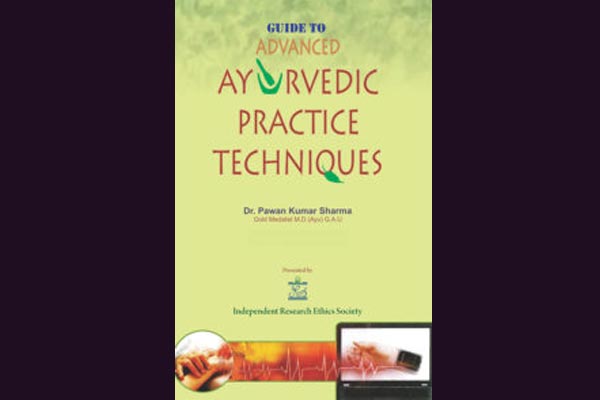
A contemporary handy guide for practitioners of Ayurvedic medicine
Anyone planning to start their medical facility for ayurvedic treatment should definitely go through this book in minute details.
Ayurveda is an ancient form of medical practice and to keep up with the modern times it is undergoing a massive restructuring.
The methods used in ayurveda are still the time tested ones but the ways of implementation are undergoing a sea change.
The ayurvedic medical centres are getting organised to become more patient-friendly and efficient.
New laws and mandates have been put into effect for such medical centres and the practitioners.
Financial institutions are providing support for such facilities.
Over all, the entire scenario in ayurvedic treatment is getting modified and upgraded, and this book provides information about current happenings in the field of ayurveda.
The book starts with a chapter that enumerates the basic requirements for opening a new ayurvedic treatment centre—from the kind of infrastructure required to the kind of locality where such facilities can be started.
And the last portion of the book talks about all the legal aspects of running such a business successfully—from the various taxes that need to be paid to marketing strategies.
The book ends with a chapter that talks about the various career options available for ayurvedic doctors today.
It enumerates the personal qualities and qualifications that are needed to become successful in this field.
The book also talks about the various types of therapies and procedures that are followed in ayurvedic treatment. These are ancient techniques no doubt but the author informs us about the modernisation of these processes.
Like checking the pulse or 'nadi' diagnosis is as old as time itself but new devices and methods have been developed to make this process more reliable and user-friendly.
Likewise for all other ancient techniques such new devices and methods have been developed for more reliability. The book discusses in details about such devices and techniques.
The book also mentions the various institutions where techniques like aura evaluation, panchkarma, agnikarma, ksharsutra, chromo therapy etc, can be learnt.
Also, many new software applications have been developed recently that can be used in these ayurvedic procedures.
Many such applications have also been developed for record keeping purposes in the medical facilities.
For example, 'Clinic' is a clinic-management software that facilitates the interaction between doctors and patients.
Information about where to buy such software and the prices are all provided in the book.
'Ayusoft' is a software that converts classical texts into an user-friendly information repository and analytical tool.
The information available here can be used for various diagnostic assessments.
This book talks about the personal, the professional, the financial, and the legal requirements for opening an ayurvedic medical facility and such valuable tips from expert people are always welcome for every newcomer in every field.
(Reviewed by Priya Das)
Image: Power Publishers website
Support Our Journalism
We cannot do without you.. your contribution supports unbiased journalism
IBNS is not driven by any ism- not wokeism, not racism, not skewed secularism, not hyper right-wing or left liberal ideals, nor by any hardline religious beliefs or hyper nationalism. We want to serve you good old objective news, as they are. We do not judge or preach. We let people decide for themselves. We only try to present factual and well-sourced news.







